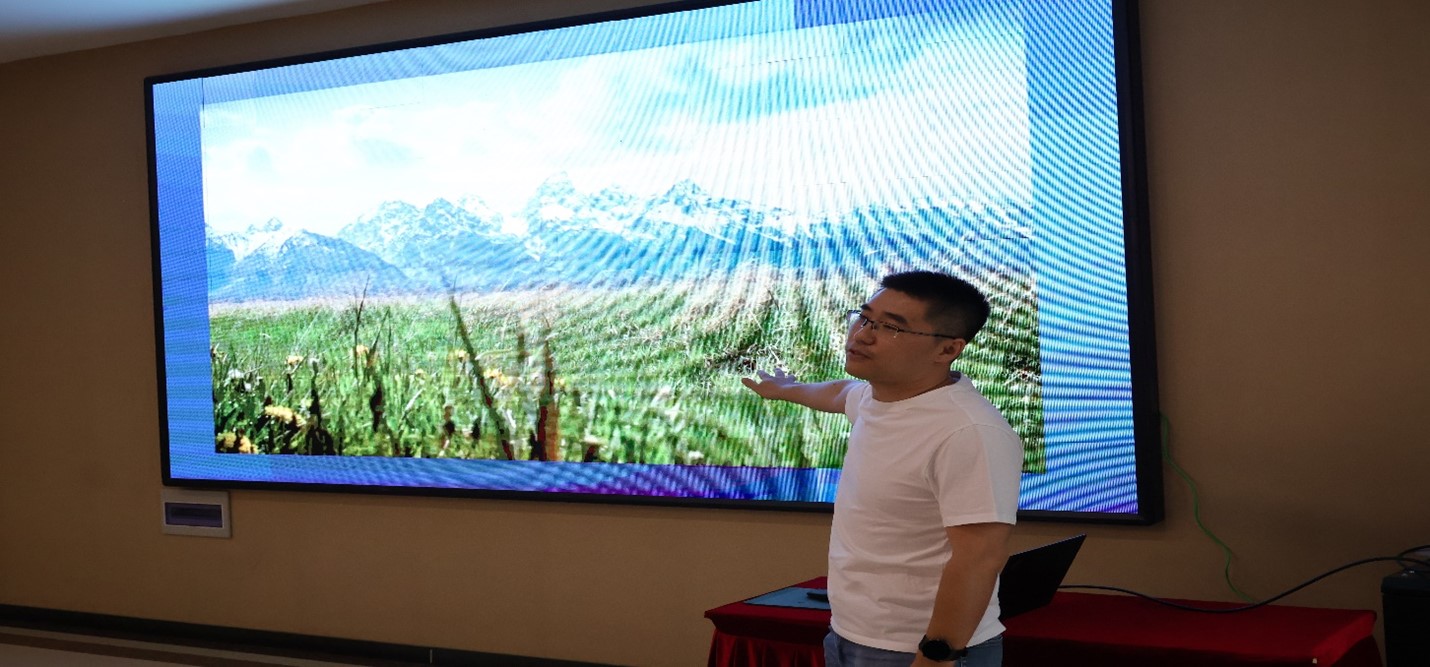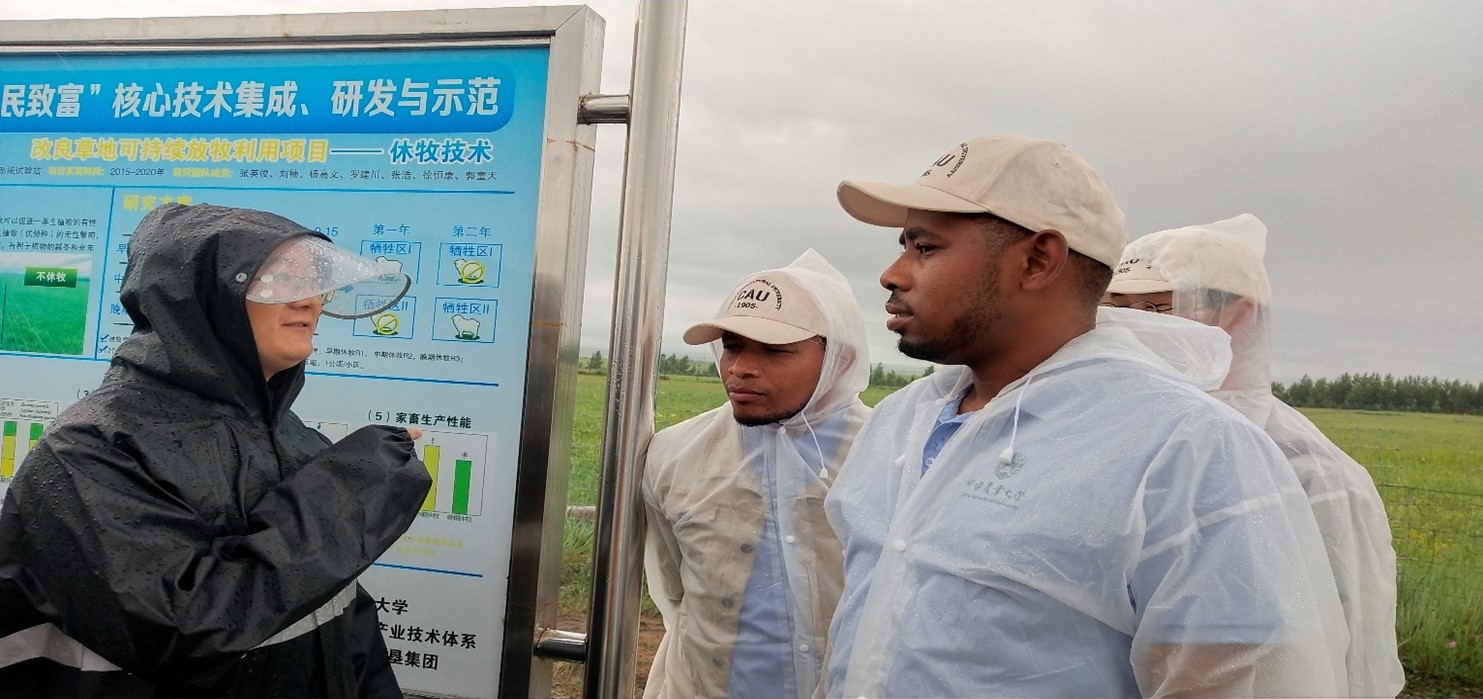
Picture 1: Grassland Experimental area at Tenihe village Hulun Buir Inner Mongolia.
Currently, the planet Earth has been faced with great challenges on global warming and extreme loss of biodiversity, besides the different efforts taken by international agencies including the United Nations Environment Programme (UNEP) which is responsible for coordinating responses to environmental issues among members of the United Nations system, also several climatic conversions and agreements like Earth Summit in Rio de Janeiro, the Kyoto Protocol, and the Paris Agreement on ecological conservation to achieve the Sustainable Development Goal of “Life on land” by 2030.
On July 15, 2024, I had the privilege of being part of a select group of international student delegations by the College of Grassland Science and Technology at China Agriculture University under the good supervision of Ms. LIU Yanyan and ZHAO Xiaohui from the International Students Office and BEI Yixian from College of Grassland Science and at China Agricultural University (CAU). We attended a summer school research program in Hulun Buir Inner Mongolia, where we observed and learned about grassland restoration and Management practices. China is a developing country with economic, technological, and industrial advancement and has implemented different environmental strategies through Grassland management to ensure the Sustainable Development Goal of “Life on land”. It was an unbelievably greenish land covered by different species in Hulun Buir-Inner Mongolia, this is to say that China has made great miracles in Grassland Management where Tanzania and other developed countries around the World can learn a wonderful lesson.
Professor LIANG Junyi insisted that the “environmental benefits of grassland management are conserving biodiversity by providing habitats for diverse plant and animal species, some of which are endangered”. Healthy grasslands improve soil structure and fertility, reduce erosion, and enhance water infiltration and retention, crucial for maintaining ecosystem stability. They also act as significant carbon sinks, mitigating climate change by sequestering carbon in their biomass and soils.
Grassland management prevents desertification, controls invasive species, and increases resilience to climate change. Practices such as rotational grazing, controlled burns, and native species restoration are essential for maintaining these ecosystems. Continuous monitoring and adaptive management based on scientific research ensure grasslands remain productive and ecologically functional, benefiting both nature and people.
When I started the field study in the Hulun Buir- Tenihe village “Inner Mongolia” I realized with my necked eye the different flora and fauna that are found in the grassland such as grasshoppers and butterflies.

Picture 2: Professor LIANG Junyi from the College of Grassland Science and Technology at China Agricultural University (CAU) gave a lecture on Grassland management.
However, in this field study, I observed that economically grassland management played an essential role in agricultural production by providing forage for livestock and supporting sustainable grazing practices that underpin rural livelihoods and poverty reduction. Proper grassland management ensures long-term productivity and prevents land degradation. Also offer recreational opportunities like hiking and ecotourism, generating income for local communities, this means that the implementation of grassland management in a country like Tanzania will help to solve the problem of draught that can cause the weakening and death of the livestock, on the other hand, the good grassland management will resolve the common conflicts between the farmers and pastoralists. This is the lesson that Tanzania has to learn by introducing special training programs to pastoralists, especially Maasai society by ensuring sustainability of pastures for their cattle.
Moreover, Professor, YANG Gaowen emphasized grassland management in Hulun Buir-Tenihe village “Inner Mongolia” Different strategies and management measures have been implemented such as Grazing Management through rotational grazing Moving livestock between different paddocks to allow vegetation recovery, and preventing overgrazing. Deferred Grazing involves delaying grazing in certain areas to allow plants to reach maturity and set seed, promoting plant health and diversity. Restoration and Conservation of grassland which involved revegetation and reseeding: planting native grass and forb species to restore degraded areas and enhance biodiversity. In control of invasive species, here China went further in establishing the Grassland seed bank and greenhouses to preserve the native grassland to ensure the sustainability of native grassland species.

Picture 3: Professor. YANG Gaowen (with a black raincoat) from the College of Grassland Science and Technology at China Agricultural University (CAU) gave a lecture on Grassland management in the experimental area located at Tenihe Hulun Buir_ Inner Mongolia.
M-Grass Group Base has and continues to play a vital role in undergoing research based on native and cold-resistant grassland at the same time on harvesting, processing, and storing grassland seed for future use. According to WUREN Qiqige the Leader and Director of the M-Grass Group Base, the center was established in 2014 this means that it is ten years back and currently consisting eight members. In this past decade with the establishment of the M-Grass Group Base notable achievement has been reached.
Hulun Buir- Tenihe village in Inner Mongolia, community and stakeholder engagement in an effective measure of grassland management, therefore the College of Grassland Science and Technology under the China Agricultural University frequently undergoes scientific research and provides education and training the community on sustainable grassland management practices with the great collaboration through working with local communities and local government agencies on implement management plans. Finally, Policy Support and Implementation, this has resulted in great achievement in the grassland management at Hulun Buir-Tenihe village “In Inner Mongolia.

Picture 4: Abdulla Ali Khamis (in the middle with a blue T-shirt) practicing grassland seed processing at M-Grass Group Base for storage in the seed bank.
Prepared by:
ABDULLA ALI KHAMIS_ PhD student at China Agricultural University (2024).






